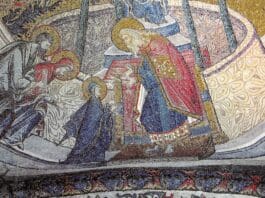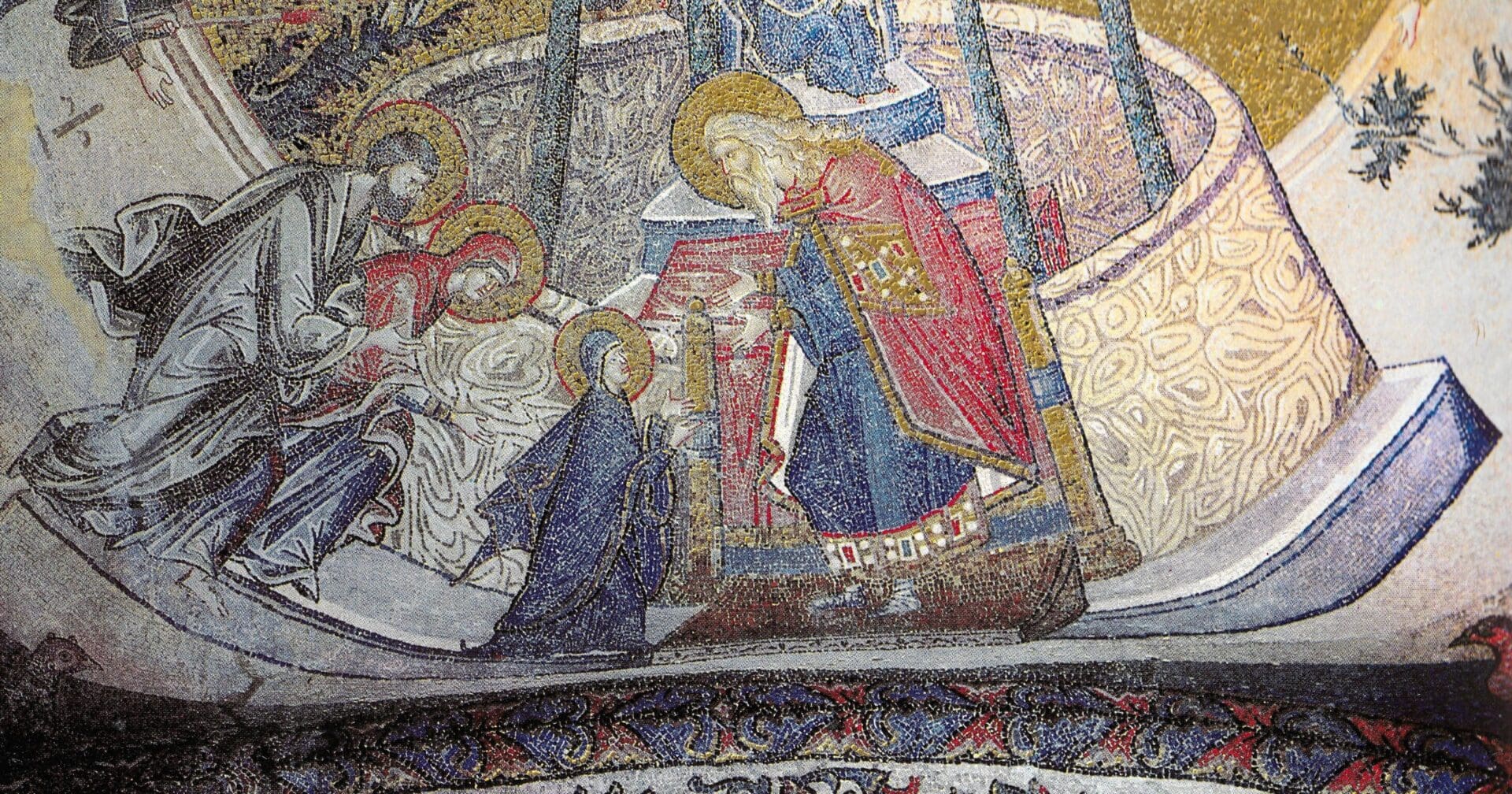
The celebration of Mary’s presentation in Jerusalem dates back to the sixth century, marked by the construction of a dedicated church.
This event held greater significance within the Eastern Church and later emerged in the Western Church in the 11th century. Although its observance fluctuated over time, by the 16th century, it was firmly established as a feast for the entire Church.
The story of Mary’s presentation in the temple is found only in apocryphal texts, notably the Protoevangelium of James. According to this narrative, Mary’s parents, Anna and Joachim, dedicated her to God at the temple when she was three years old, fulfilling a vow made during Anna’s childlessness.
While lacking historical verification, the theological significance of Mary’s presentation is profound. It complements the feasts of the Immaculate Conception and Mary’s birth, highlighting the continuity of her sanctity from her early life onwards. This event underscores the belief in Mary’s lifelong holiness, a central theme in Christian theology.
Photo credit: PD via Wikimedia Commons
The post Feast of the Presentation of Mary appeared first on uCatholic.
Daily Reading
Feast of Saint Stephen, first martyr
Reading 1 Acts 6:8-10; 7:54-59 Stephen, filled with grace and power,was working great wonders and signs among the people.Certain members of the so-called Synagogue of Freedmen,Cyrenians, and Alexandrians,and people from…
Daily Meditation
Joy in the Midst of Sorrow
Click here for daily readings It’s always been odd to me to have a feast of the first martyr the day after Christmas. Yes, as Christians, we know difficult things…




